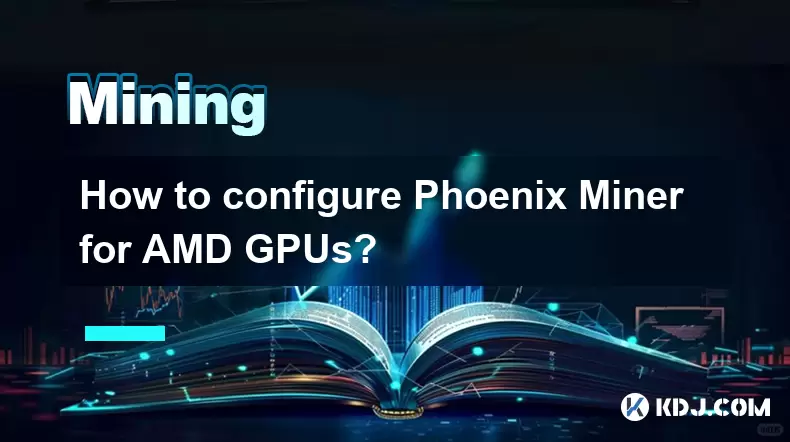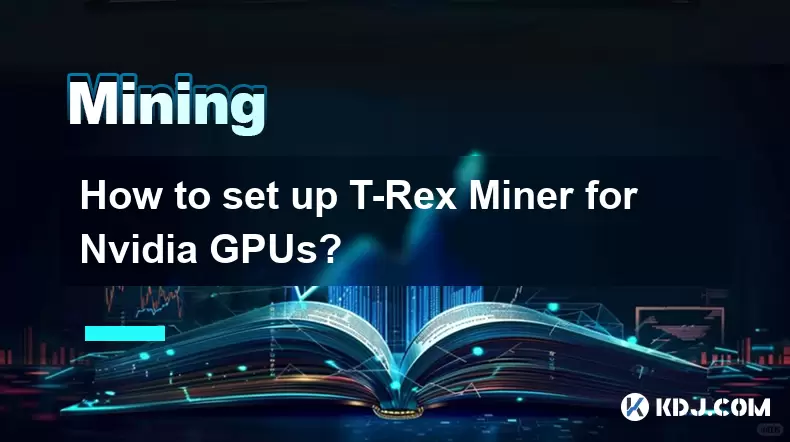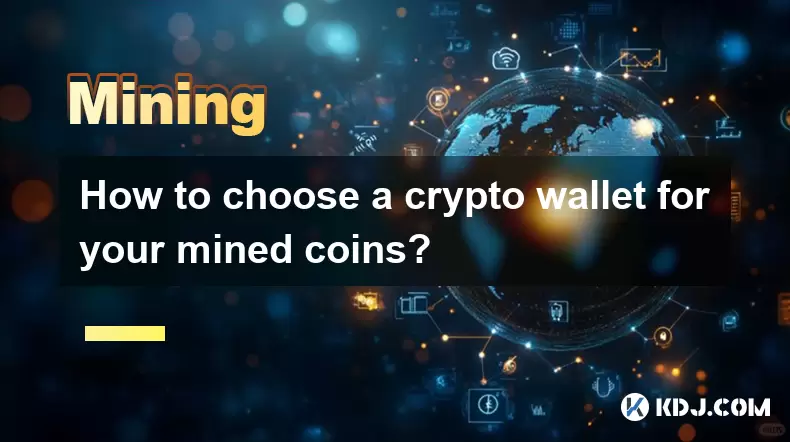-
 Bitcoin
Bitcoin $117600
0.25% -
 Ethereum
Ethereum $4424
0.10% -
 XRP
XRP $3.101
0.50% -
 Tether USDt
Tether USDt $1.001
-0.01% -
 BNB
BNB $836.2
1.26% -
 Solana
Solana $188.8
2.11% -
 USDC
USDC $1.000
0.01% -
 Dogecoin
Dogecoin $0.2301
0.57% -
 TRON
TRON $0.3485
-1.00% -
 Cardano
Cardano $0.9209
-1.34% -
 Hyperliquid
Hyperliquid $46.72
-1.19% -
 Chainlink
Chainlink $22.62
4.84% -
 Stellar
Stellar $0.4275
-0.38% -
 Sui
Sui $3.761
1.91% -
 Bitcoin Cash
Bitcoin Cash $586.7
-0.25% -
 Ethena USDe
Ethena USDe $1.001
0.01% -
 Hedera
Hedera $0.2510
2.06% -
 Avalanche
Avalanche $24.21
2.22% -
 Litecoin
Litecoin $119.7
1.07% -
 Toncoin
Toncoin $3.450
1.06% -
 UNUS SED LEO
UNUS SED LEO $9.411
-0.93% -
 Shiba Inu
Shiba Inu $0.00001298
1.20% -
 Uniswap
Uniswap $10.98
3.25% -
 Polkadot
Polkadot $3.961
2.16% -
 Dai
Dai $1.000
0.00% -
 Bitget Token
Bitget Token $4.642
0.95% -
 Cronos
Cronos $0.1514
0.57% -
 Ethena
Ethena $0.7290
3.78% -
 Monero
Monero $254.1
7.69% -
 Pepe
Pepe $0.00001102
2.47%
Bitcoin Mining Machine Mining Tutorial
Once you have your mining machine assembled and set up, you can connect to a mining pool to start earning Bitcoin rewards by solving complex mathematical problems.
Jan 12, 2025 at 09:59 am

Bitcoin Mining Machine Mining Tutorial
Key Points
- Step 1: Assemble Your Mining Machine
- Step 2: Set Up Your Mining Software
- Step 3: Connect to a Mining Pool
- Step 4: Monitor Your Mining Progress
- Step 5: Troubleshoot Common Mining Issues
Step 1: Assemble Your Mining Machine
- Purchase a mining machine according to your budget and performance requirements.
- Carefully unpack and inspect the machine to ensure all components are intact.
- Assemble the machine according to the manufacturer's instructions, paying close attention to proper cable and connector management.
- Place the mining machine in a well-ventilated area with ample cooling to prevent overheating.
Step 2: Set Up Your Mining Software
- Choose a Bitcoin mining software that is compatible with your mining machine and your operating system. Popular options include CGminer, BMiner, and NiceHash Miner.
- Install the mining software and configure it according to your mining machine's specifications, including the pool address, worker username, and password.
- Optimize the software settings for maximum efficiency, such as overclocking and tweaking power consumption.
Step 3: Connect to a Mining Pool
- A mining pool combines the resources of multiple miners to increase the chances of finding a block and earning rewards.
- Research different mining pools to find one that offers competitive fees, payment methods, and reliability.
- Join the mining pool and create a worker account, which will connect your mining machine to the pool's network.
Step 4: Monitor Your Mining Progress
- Once your mining machine is connected to the pool, you can monitor its progress through the mining software or a third-party monitoring tool.
- Key metrics to track include hash rate, block count, and estimated earnings.
- Regularly review your mining data to identify areas for improvement and maximize efficiency.
Step 5: Troubleshoot Common Mining Issues
- Overheating: Ensure proper ventilation and cooling to prevent the mining machine from overheating.
- Hardware failure: Inspect the mining machine for loose connections, faulty components, or dust buildup. Replace or repair malfunctioning parts as necessary.
- Software crashes: Update the mining software to the latest version and ensure compatibility with your operating system and mining machine.
- Pool connectivity issues: Check your internet connection and ensure your mining machine is correctly configured to connect to the mining pool.
- Mining rewards not showing up: Verify the pool payout schedule and ensure your worker account is properly set up to receive earnings.
FAQs
- What is Bitcoin mining?
Bitcoin mining involves solving complex mathematical problems to validate Bitcoin transactions and earn rewards.
- Is mining Bitcoin profitable?
Profitability depends on various factors, including electricity costs, mining hardware efficiency, and Bitcoin market value.
- What are the best mining machines?
Top mining machines include Antminer S19, AvalonMiner 1246, and Bitmain Antminer T19.
- Can I mine Bitcoin on my home computer?
Mining Bitcoin on a home computer is possible but not profitable due to low hash rate and high electricity costs compared to dedicated mining machines.
- What is a mining pool?
A mining pool combines the resources of multiple miners to increase their chances of finding blocks and earning rewards.
- How do I calculate my Bitcoin mining earnings?
Earnings depend on the hash rate, block reward, and mining pool fees. Use online calculators or pool dashboards to estimate earnings.
- What is a Bitcoin wallet?
A Bitcoin wallet is used to store and manage your Bitcoin funds, including receiving, sending, and tracking transactions.
Disclaimer:info@kdj.com
The information provided is not trading advice. kdj.com does not assume any responsibility for any investments made based on the information provided in this article. Cryptocurrencies are highly volatile and it is highly recommended that you invest with caution after thorough research!
If you believe that the content used on this website infringes your copyright, please contact us immediately (info@kdj.com) and we will delete it promptly.
- Kazakhstan's Crypto Leap: Bitcoin ETF and Central Asia's Digital Finance Future
- 2025-08-13 12:45:19
- BlockDAG Presale Blazes Past $371M: Fundraising Frenzy Fuels Crypto Sensation
- 2025-08-13 13:05:21
- Meme Coins: Chasing the 2025 Surge – Which Will Moonshot?
- 2025-08-13 10:25:23
- Bitcoin's Wild Ride: Rally, Pullback, and What's Next
- 2025-08-13 10:25:23
- Bitcoin, Bitmax, and Institutional Demand: A New Era of Crypto Investment
- 2025-08-13 10:45:12
- Solana, ROAM, and Airdrops: What's the Buzz in 2025?
- 2025-08-13 11:35:13
Related knowledge

How to configure Phoenix Miner for AMD GPUs?
Aug 11,2025 at 03:21am
Understanding Phoenix Miner and Its Compatibility with AMD GPUsPhoenix Miner is a lightweight, high-performance Ethereum mining software designed for ...

How to set up T-Rex Miner for Nvidia GPUs?
Aug 10,2025 at 12:07am
Understanding T-Rex Miner and Its Compatibility with Nvidia GPUsT-Rex Miner is a high-performance mining software designed specifically for Nvidia GPU...

What is "proof-of-work" and how does it relate to mining?
Aug 07,2025 at 02:03pm
Understanding the Concept of Proof-of-WorkProof-of-work (PoW) is a consensus mechanism used in blockchain networks to validate transactions and secure...

How to choose a crypto wallet for your mined coins?
Aug 13,2025 at 11:36am
Understanding the Types of Crypto Wallets for Mined CoinsWhen selecting a crypto wallet for your mined coins, the first step is to understand the diff...

What are the differences between mining on Windows vs. Linux?
Aug 06,2025 at 11:29pm
Overview of Cryptocurrency Mining PlatformsCryptocurrency mining involves using computational power to solve complex cryptographic puzzles and validat...

How to use an old computer for cryptocurrency mining?
Aug 07,2025 at 12:42pm
Understanding the Feasibility of Using an Old Computer for MiningUsing an old computer for cryptocurrency mining may seem outdated, but it is still te...

How to configure Phoenix Miner for AMD GPUs?
Aug 11,2025 at 03:21am
Understanding Phoenix Miner and Its Compatibility with AMD GPUsPhoenix Miner is a lightweight, high-performance Ethereum mining software designed for ...

How to set up T-Rex Miner for Nvidia GPUs?
Aug 10,2025 at 12:07am
Understanding T-Rex Miner and Its Compatibility with Nvidia GPUsT-Rex Miner is a high-performance mining software designed specifically for Nvidia GPU...

What is "proof-of-work" and how does it relate to mining?
Aug 07,2025 at 02:03pm
Understanding the Concept of Proof-of-WorkProof-of-work (PoW) is a consensus mechanism used in blockchain networks to validate transactions and secure...

How to choose a crypto wallet for your mined coins?
Aug 13,2025 at 11:36am
Understanding the Types of Crypto Wallets for Mined CoinsWhen selecting a crypto wallet for your mined coins, the first step is to understand the diff...

What are the differences between mining on Windows vs. Linux?
Aug 06,2025 at 11:29pm
Overview of Cryptocurrency Mining PlatformsCryptocurrency mining involves using computational power to solve complex cryptographic puzzles and validat...

How to use an old computer for cryptocurrency mining?
Aug 07,2025 at 12:42pm
Understanding the Feasibility of Using an Old Computer for MiningUsing an old computer for cryptocurrency mining may seem outdated, but it is still te...
See all articles

























































































